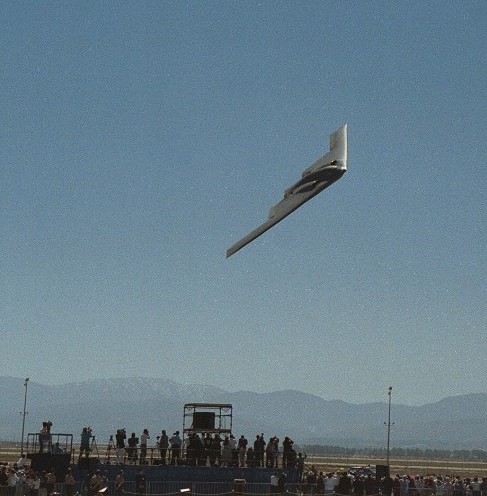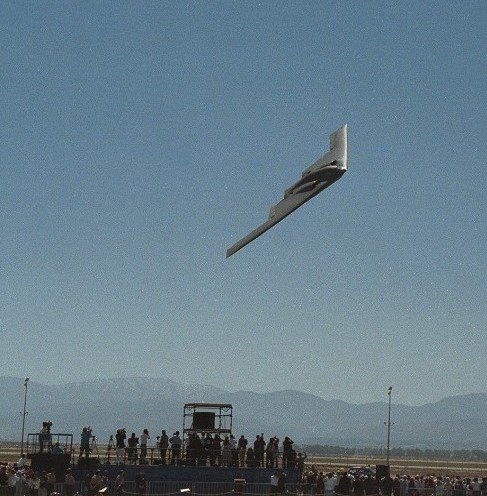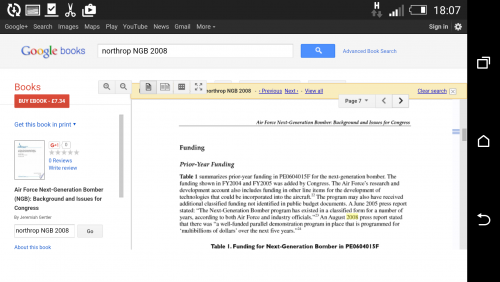LRS-B Announcement Coming
—Brian Everstine 9/30/2015
The Air Force is still avoiding a strict deadline for the awarding of a contract for the Long-Range Strike Bomber, but officials told members of the House Armed Services Committee Tuesday they expect the announcement within a “couple months.” Lt. Gen. Arnold Bunch, the military deputy in the office of the assistant secretary of the Air Force for acquisition, told lawmakers the contract could be announced within months, but the program is one that “needs to go slow in order to go fast.” The Air Force must work in a “fair and deliberate” way with contractors to make the right decision for a bomber that will be the cornerstone of the military’s nuclear triad for decades, he added. The contract was initially expected in the spring, but has been continually delayed. Rep. Randy Forbes (R-Va.), chairman of the HASC seapower and projection forces panel, said the delay has cost the Air Force hundreds of millions of dollars, and more of the cost will be moved into later years. “I am concerned about the continued delay in the LRS-B award that in my estimation is costing the USAF approximately $100 million a month and will undoubtedly result in reduced LRS-B FY16 authorizations and appropriations,” said Forbes in his opening remarks.
Aging Bombers Affect Fleet Readiness
—Brian Everstine 9/30/2015
The mission capable rate of the Air Force’s entire bomber fleet has been low because the service has such a small fleet, which is why the Long-Range Strike Bomber is so important to keep the service capable, Gen. Robin Rand, commander of Air Force Global Strike Command, told lawmakers on Tuesday. Rand, in testimony to the House Armed Services Committee, said the service has just 159 total bombers, with its newest aircraft a 25-year-old B-2, meaning large-scale maintenance is a constant need and one that negatively impacts the overall readiness of the fleet. “At any time there’s going to be a number of your aircraft in heavy maintenance depot status doing modernization,” Rand said. “The 50 percent available rate is a result of that small number.” For example, the Air Force at any time usually has just 11 B-2s available for operations. Of the aircraft that are on flightlines, the mission capable rate of the bomber fleet is comparable to other weapons systems in the Air Force, Rand said. “The long-range strike capability is something our nation has to have,” Rand said. “To do that we have to modernize our current fleet, we have to acquire a new LRS-B, and I think we are on the path to that.”



